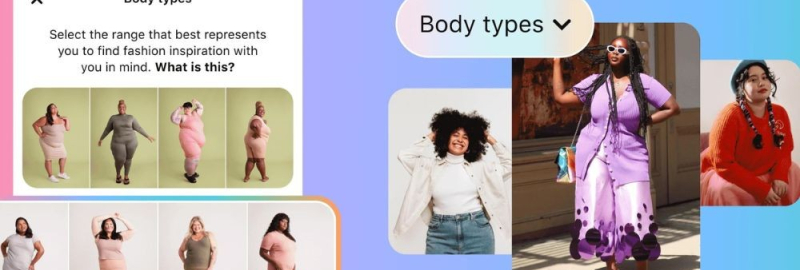
In a digital landscape that's increasingly conscious of diversity and inclusion, Pinterest sets itself apart with a timely update to its search functionality. By unrolling "Body Type Ranges," the platform not only responds to longstanding user demand for personalization but also embraces a new standard for online inclusivity. This feature distinctly changes how users engage with fashion and wedding content, placing a premium on personal relevance over generic, one-size-fits-all imagery.
Pinterest's proprietary AI technology now offers users the option to filter women’s fashion and wedding idea searches according to four distinct body type ranges. The integration of this feature is a testimony to the sophistication of AI in identifying and categorizing over 3.5 billion images on nuances such as shape, size, and form. This ability represents a marked departure from generic searches and is poised to redefine the search experience by delivering customized, body-representative results.
The introduction of "Body Type Ranges" closely follows Pinterest's diverse representation efforts, notably its skin tone search filters and hair type discovery options. These advances are indicative of the platform's dedication to both technological innovation and socially conscious user engagement. Pinterest is not merely leveraging AI for its novelty but is applying it to create a more inclusive and meaningful search experience for its users.
While currently available for women's fashion and wedding-related content in the U.S. and in testing in Canada, plans are afoot to extend "Body Type Ranges" to men’s fashion and eventually to other verticals and international markets. Pinterest’s proactive expansion strategy, coupled with its attention to inclusivity, promises to redefine norms within the social media industry.
The implementation of "Body Type Ranges" on Pinterest represents a forward-thinking move in the world of social media. While enhancing user experience through tailored content, Pinterest is setting an example for other platforms to follow, proving that technology and inclusivity can work in tandem to reflect the diversity of the real world in the virtual one.
